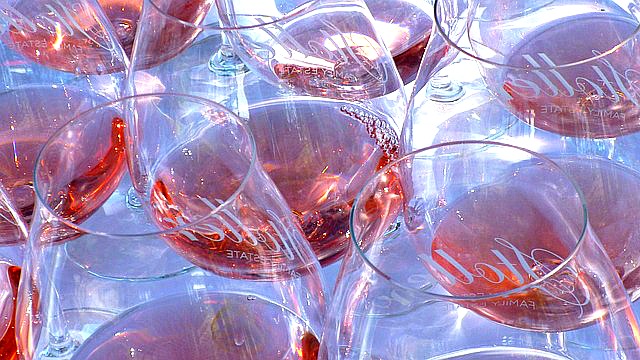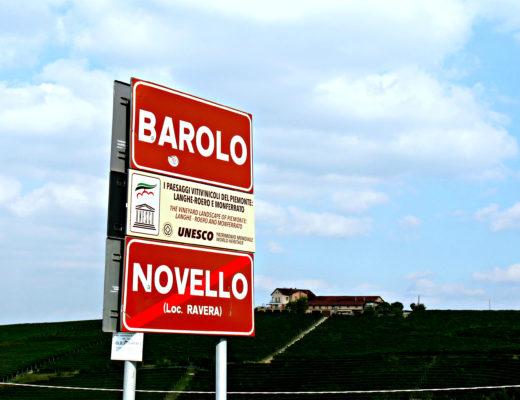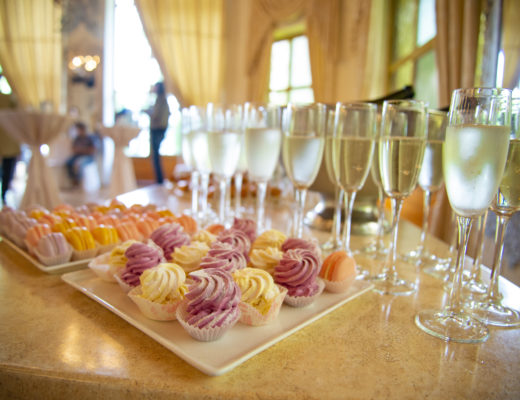“Rosé all day” has always been one of my favorite phrases. In fact, this is the time of year that I enjoy Rosé the most. The weather is warm, the days are longer, and drinking Rosé all day is quite tempting. These wines are versatile, delicious and have a beautiful range of lovely pink hues. One can then ask, what determines the shading of the hue and the palate variances of the end result? Well, the grapes themselves of course, but the the vinification method also plays a key role. In this post we’ll explore the four main methods to making Rosé wine; saignée, partial maceration, vin gris, and blending.
The Saignée method starts by using typical red wine practices. Very early on while making a red wine, the juice and the skins are crushed to start the maceration process. It’s at this early stage that some of the liquid is drained or “bled” (the English translation of the French word, Saignée) from the tank to be fermented separately to make the Rosé. Therefore, the remaining liquid stays in contact with a higher proportion of skins to make a more concentrated version of red wine from the same harvest. Some notable producers who use this method with their rosés are Weingut Knipser for their earthy and racy Clarette and Blackbird Vineyards for their layered and complex Arriviste.
Next, we have the most common method. The majority of Rosé wines are made by using a Partial Maceration process. Red grapes are crushed, then the juice and skins only spend a short amount of time in contact with one another to produce the pink hue. Once the juice is separated from the skins, it is then ready to undergo the rest of the winemaking process.
Another interesting way Rosé can be made is through the Vin Gris method. The juice from the red grapes is immediately pressed and separated from the skins. From this moment on, white wine practices are used to produce the finished product. The wine will still maintain a very light pink, grey, or brickish tint. Even though the juice spent a minuscule amount of time with skins, it will still take on small components of the phenolic compounds of the skins themselves. Peter Falke PF Blanc de Noir and Colterris Coral White Cabernet Sauvignon are two lovely examples of how this practice can make outstanding Rosé.
Finally, there’s the Blending method. This is fairly straightforward, as the winemaker blends a combination of both white and red wine to determine the varietal makeup, color hue, and flavor profile of the finished wine.
So, the next time you pop open your preferred Rosé, take a look at the color hue, interpret the structure and flavor profile, and make your best guess as to how the wine is made. Not only is it a fun exercise, but most wines have technical data sheets available online that provide information on what method the winemaker uses. What better way to test your evaluating skills while learning a bit more about the practices of your favorite wineries! Cheers.




